Pecans, scientifically known as Carya illinoinensis, are a beloved nut native to North America, celebrated for their rich, buttery flavor and versatility in culinary applications. However, many consumers and even culinary professionals have encountered pecans with an unexpectedly bitter or astringent taste, a trait that detracts from their otherwise desirable profile. This article delves into the multifaceted reasons behind this bitterness, exploring biological, environmental, and processing factors that contribute to the phenomenon. By understanding these elements, enthusiasts and producers alike can better appreciate the nuances of pecan quality and implement strategies to mitigate undesired flavors.
The Role of Tannins: Nature’s Astringent Compounds
At the heart of pecan bitterness lies a class of polyphenolic compounds called tannins. Tannins are secondary metabolites produced by plants as a defense mechanism against herbivores, pathogens, and environmental stressors. In pecans, tannins are concentrated in the nut’s inner skin, or pellicle, a thin, papery layer adhering to the kernel. These compounds bind to proteins in saliva, causing a drying, puckering sensation in the mouth—the hallmark of astringency.
1 Types of Tannins in Pecans
Pecans contain two primary types of tannins: hydrolysable tannins and condensed tannins (proanthocyanidins). Hydrolysable tannins, such as gallotannins and ellagitannins, are more water-soluble and contribute to rapid astringency. Condensed tannins, which are larger polymers of flavonoids, produce a slower, lingering bitterness. The balance between these tannins varies among pecan cultivars, influencing the intensity of the astringent taste.
2 Genetic Variability
Not all pecan varieties are created equal. Cultivars like ‘Stuart’ and ‘Desirable’ are renowned for their low tannin content and mild flavor, while others, such as ‘Elliott’ and ‘Forkert’, exhibit higher tannin levels. Breeding programs have increasingly focused on selecting cultivars with reduced tannin synthesis, aiming to enhance consumer appeal. However, tannins also play a role in pest resistance, creating a trade-off between flavor and ecological resilience.
Environmental Influences on Tannin Production
The growing conditions of pecan trees significantly impact tannin accumulation in the nuts. Factors such as soil composition, climate, and agricultural practices can either exacerbate or mitigate bitterness.
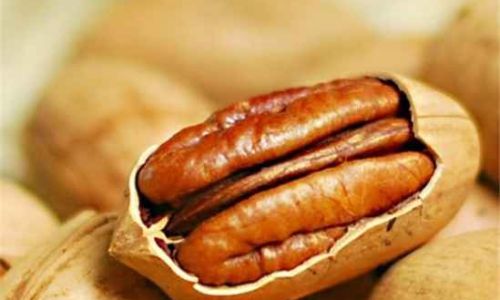
1 Soil Nutrient Imbalances
Pecan trees thrive in well-drained, fertile soils with a pH between 6.0 and 6.5. Deficiencies in essential nutrients like nitrogen, phosphorus, or potassium can stress the tree, prompting increased tannin production as a stress response. For instance, nitrogen deficiency limits chlorophyll synthesis, diverting resources to defensive compounds. Similarly, excessive boron or aluminum in acidic soils can disrupt nutrient uptake, indirectly elevating tannin levels.
2 Climate and Weather Stress
Extreme weather events, such as droughts, frosts, or heatwaves, during the nut’s development phase can induce tannin biosynthesis. High temperatures accelerate metabolic processes, potentially leading to premature tannin formation. Conversely, prolonged rainfall or humidity may delay maturation, allowing tannins to persist longer in the kernel.
3 Irrigation and Water Stress
Proper irrigation is critical during the nut-filling stage (July to September in the Northern Hemisphere). Water stress during this period forces the tree to conserve resources, often at the expense of flavor quality. Studies have shown that water-stressed pecan trees produce nuts with 20–30% higher tannin concentrations compared to adequately irrigated ones.
Harvesting and Post-Harvest Handling
The journey from tree to table involves several critical steps where mishandling can amplify bitterness.
1 Premature Harvesting
Pecans mature between late September and November, depending on the cultivar and region. Harvesting too early, before the shuck (husk) splits naturally, traps moisture and chlorophyll within the nut. This immaturity results in higher tannin retention and a grassy, bitter aftertaste. Mechanical shakers, commonly used in commercial orchards, must be calibrated to avoid detaching unripe nuts.
2 Improper Curing and Drying
After harvest, pecans require a curing period of 2–4 weeks to reduce moisture content from ~40% to ~8%. Inadequate curing leaves residual moisture, promoting enzymatic activity that breaks down tannins into more bitter byproducts. Conversely, over-drying at temperatures exceeding 100°F (38°C) can denature proteins and lipids, creating off-flavors.
3 Storage Conditions
Pecans are prone to oxidation and rancidity due to their high fat content (70–75% oil). Exposure to heat, light, or oxygen during storage accelerates lipid hydrolysis, producing free fatty acids and aldehydes that interact with tannins, intensifying bitterness. Refrigeration (below 40°F/4°C) or freezing can extend shelf life but requires airtight packaging to prevent moisture absorption.
Processing and Roasting Techniques
The way pecans are processed post-harvest—whether shelled, blanched, or roasted—profoundly affects their flavor profile.
1 Shell Integrity and Pest Damage
Insects like the pecan weevil (Curculio caryae) and stink bugs pierce shells during development, introducing enzymes that degrade nut quality. Damaged nuts often exhibit localized bitterness due to fungal infections or accelerated tannin oxidation. Grading systems that cull damaged or undersized nuts are essential for quality control.
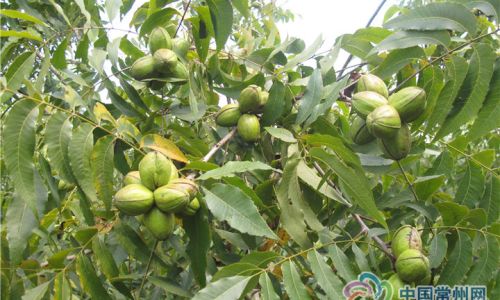
2 Blanching and Pellicle Removal
The pellicle, though nutrient-rich, is the primary reservoir of tannins. Blanching nuts in boiling water for 2–3 minutes softens the pellicle, making it easier to rub off. However, over-blanching leaches flavor compounds and softens the kernel, while under-blanching leaves residual tannins. Some commercial processors use steam or chemical solutions (e.g., lye) for pellicle removal, though these methods may alter texture.
3 Roasting: A Double-Edged Sword
Roasting is a common technique to enhance pecan flavor by caramelizing sugars and toasting fats. However, improper roasting can exacerbate bitterness:
- High Temperatures: Roasting above 350°F (177°C) causes Maillard reactions to spiral out of control, generating acrid compounds.
- Prolonged Roasting: Extending roasting time beyond 15–20 minutes breaks down tannins into more bitter derivatives.
- Oil Quality: Using rancid or low-quality cooking oils during roasting introduces off-flavors that amplify astringency.
Microbial and Enzymatic Activity
Pecans are susceptible to fungal colonization, particularly by Aspergillus and Penicillium species, which produce mycotoxins like aflatoxins. While aflatoxins themselves are not bitter, infected nuts often exhibit a musty or bitter taste due to secondary metabolites. Additionally, lipoxygenase enzymes in pecans catalyze lipid oxidation, generating bitter aldehydes and ketones.
1 Prevention Strategies
- Pre-Harvest Fungicides: Applied during nut development to suppress fungal spores.
- Post-Harvest Sanitization: Washing nuts in chlorinated water (50–100 ppm) reduces microbial load.
- Controlled Atmosphere Storage: Low-oxygen environments inhibit fungal growth and enzymatic activity.
Consumer Perception and Sensory Science
Bitterness is not an absolute quality but a subjective sensory experience influenced by genetics, culture, and exposure.
1 Genetic Predisposition
Variations in the TAS2R38 gene, which encodes a bitter taste receptor, determine individual sensitivity to tannins. People with the “supertaster” phenotype (25% of the population) perceive bitterness more intensely, making them more critical of high-tannin pecans.
2 Cultural Preferences
In regions where pecans are indigenous, such as the Southern United States, consumers often develop a tolerance for mild astringency, associating it with authenticity. Conversely, international markets may reject bitter nuts, favoring sweeter, imported varieties like macadamias or cashews.
3 Psychological Factors
Context and presentation affect taste perception. Pecans incorporated into sugary desserts (e.g., pecan pie) are perceived as less bitter due to contrast effects, while standalone nuts are judged more critically.
Mitigation Strategies for the Industry
To address bitterness, the pecan industry employs a multi-pronged approach:
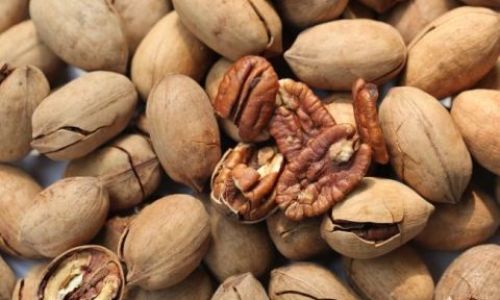
1 Cultivar Selection
Breeding programs prioritize low-tannin cultivars like ‘Kanza’ and ‘Lakota’, which combine disease resistance with mild flavor.
2 Precision Agriculture
Soil sensors, drones, and AI-driven analytics help farmers optimize irrigation, fertilization, and pest control, minimizing stress-induced tannin production.
3 Innovative Processing
- Cold-Pressed Oils: Extracting oil from pecans at low temperatures preserves delicate flavors.
- Fermentation: Some artisanal producers ferment pecans with lactic acid bacteria to break down tannins, yielding a nutty, cheese-like flavor.
- Activated Charcoal Treatment: A novel method involves treating pecans with food-grade charcoal to adsorb tannins without affecting nutritional value.
The Consumer’s Guide to Enjoying Pecans
For home cooks and enthusiasts, here’s how to select, store, and prepare pecans to minimize bitterness:
1 Purchasing Tips
- Smell Test: Fresh pecans should have a mild, sweet aroma. Avoid nuts with a chemical or rancid odor.
- Visual Inspection: Look for plump kernels free of cracks, discoloration, or pellicle residue.
- Buy Whole Nuts: Pre-shelled pecans oxidize faster; opt for whole nuts and shell them just before use.
2 Storage Hacks
- Vacuum Sealing: Removes oxygen, slowing oxidation.
- Freezing: Store in airtight containers for up to 2 years.
- Avoid Glass Jars: Exposure to light degrades quality; use opaque containers instead.
3 Culinary Techniques
- Toasting: Roast at 300°F (150°C) for 10–12 minutes to mellow tannins.
- Soaking: Briefly immerse nuts in salted water (1 tbsp salt per cup) to leach tannins.
- Pairing: Balance bitterness with sweet (honey, maple syrup), fatty (butter, cream), or umami (miso, cheese) ingredients.
Conclusion: Embracing Complexity
The bitterness in pecans is not a flaw but a testament to the nut’s evolutionary adaptability and culinary versatility. By acknowledging the interplay of genetics, environment, and human intervention, we can appreciate pecans as more than mere snacks—they are a canvas for sensory exploration. Whether toasted in a pie, sprinkled over salads, or transformed into dairy-free milk, pecans remind us that flavor is a spectrum, and even a hint of bitterness can elevate the culinary experience when understood and respected.
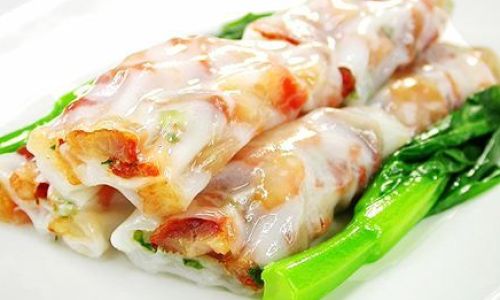
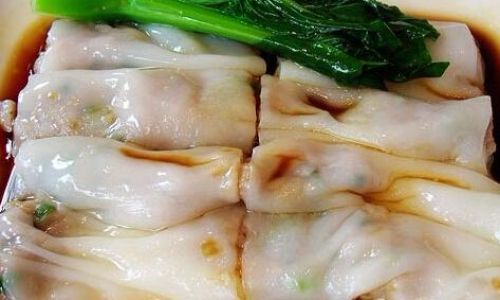

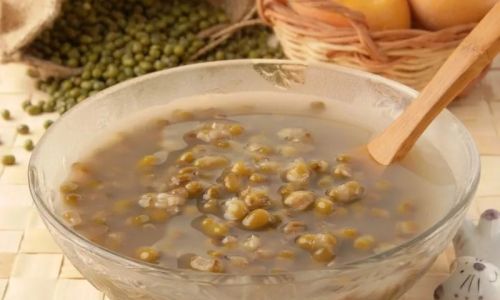
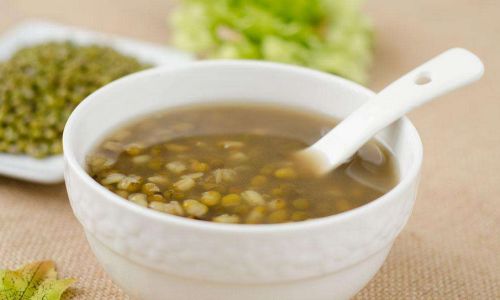
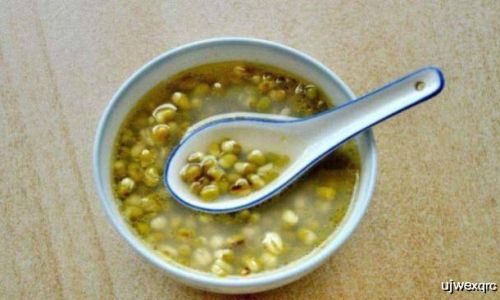
0 comments